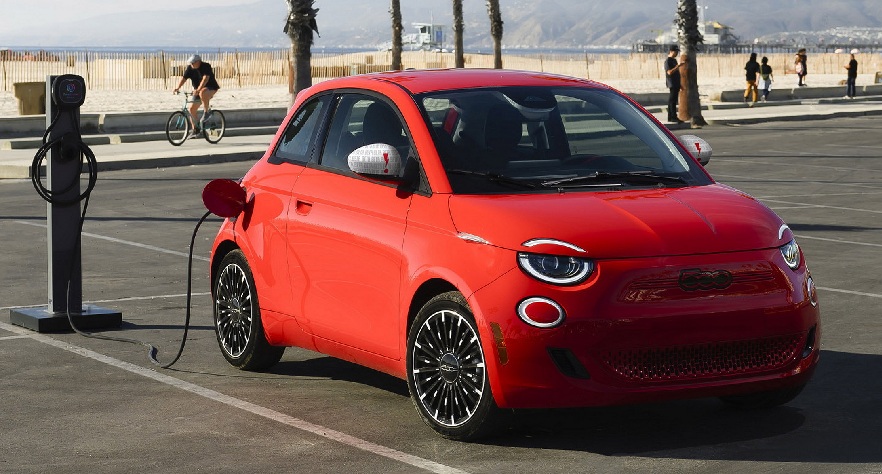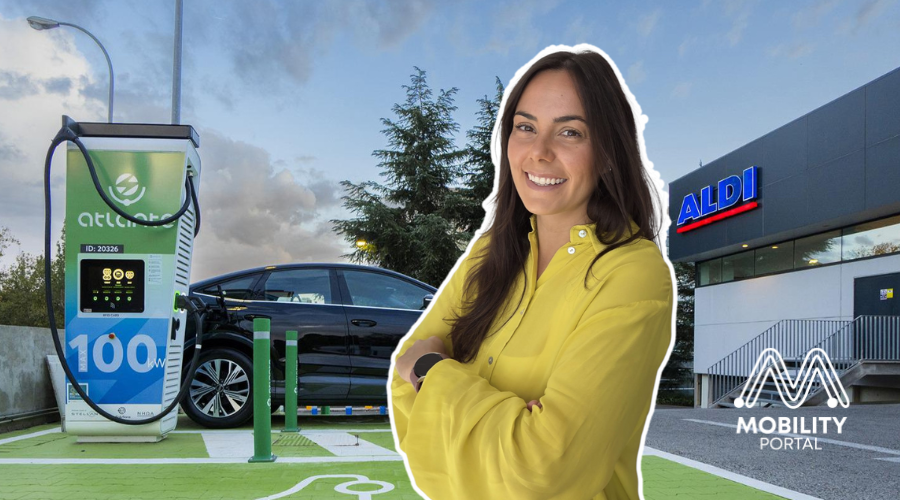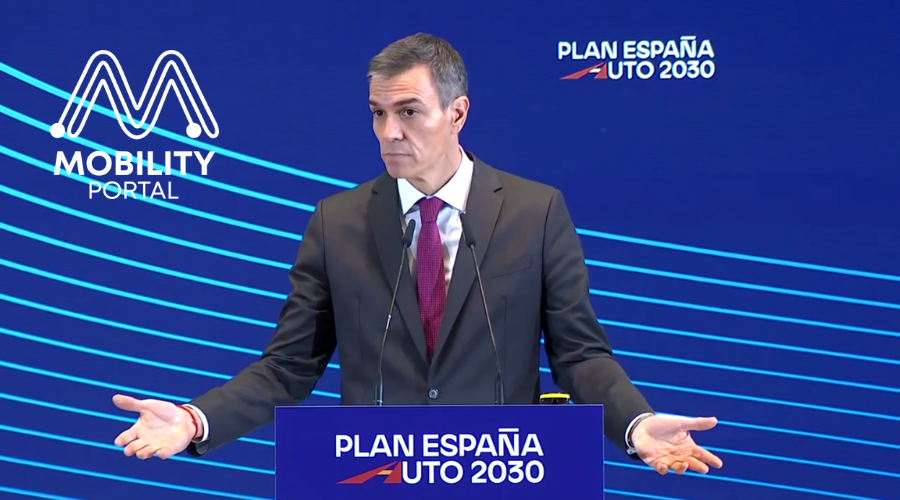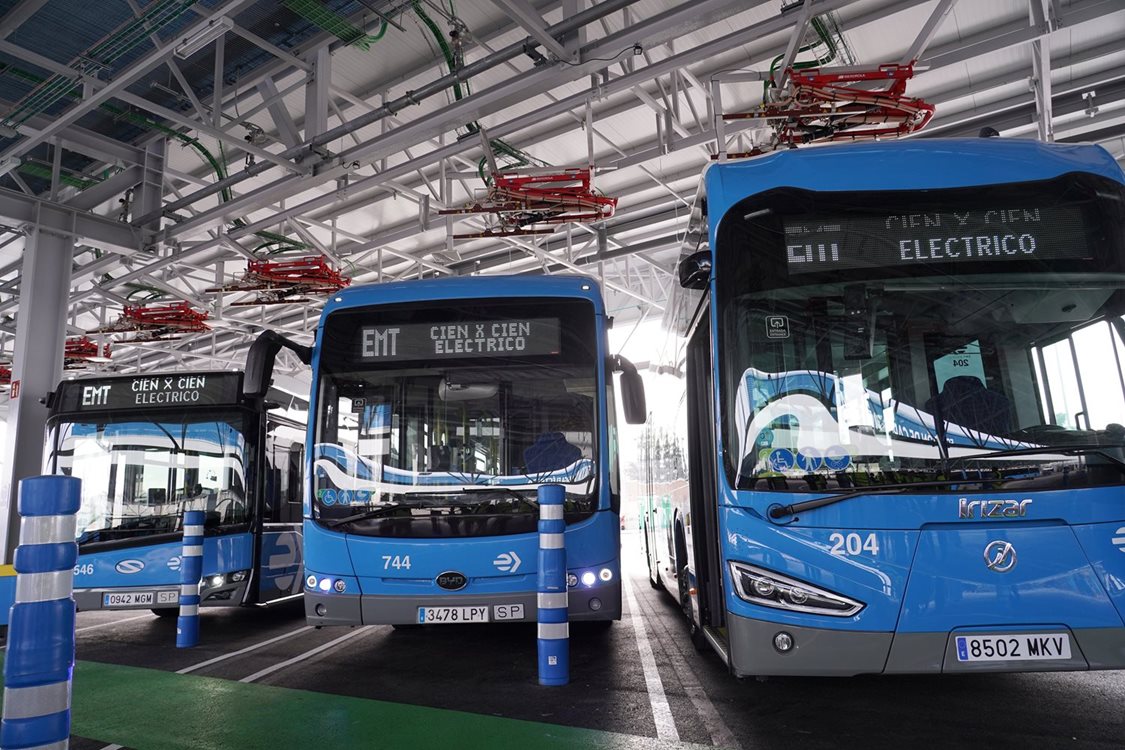Car registrations in Italy dropped by 3.6% in the first half of the year compared to the same period last year, reaching a total of 854,690 new units sold, according to the National Union of Foreign Motor Vehicle Representatives of Italy (UNRAE).
In June alone, the year-on-year decline was 17.4%, with a total of 132,191 registrations compared to 160,120 recorded in the sixth month of last year.
At the same time, the trend towards electrification in the Italian car market continued.
In the year-to-date, 324,807 hybrid vehicles (HEVs) were sold, representing a 9.9% increase compared to the January–June 2024 period, with a current annual market share of 44.5% — meaning nearly half of all cars sold in Italy were hybrid models.
However, battery electric vehicles (BEVs) continue to grow slowly in the Italian market.
Their market share stood at 5.21%. A total of 44,844 electric vehicles were sold in the first half of the year, a 27.8% increase compared to May 2024.
Which were the most popular brands in Italy?
Fiat remained the most popular brand in the Italian market up to June 2025, with 82,474 units registered.
It was followed by Toyota with 65,638 vehicles and Volkswagen with 62,235.
These three brands also topped the rankings in June, with 11,023, 10,064, and 9,619 units sold, respectively.
READ MORE
-
Atlante y su “modelo híbrido”: generación, almacenamiento y recarga ultrarrápida para un sistema más resiliente
Atlante acelera su despliegue en España y en diálogo con Mobility portal, Inés Mackey, Chief of Staff de Atlante Iberia define las prioridades de la empresa y su apuesta por la interoperabilidad de la mano de Charge League.
-
Spain Auto 2030: a point-by-point look at the plan set to redefine the eMobility landscape
Spain has entered a new phase in its industrial strategy for electric mobility. The Government has unveiled Spain Auto 2030, a roadmap designed to mobilise €30 billion over the next five years, reshaping the centre of gravity of the electric vehicle market through fresh incentives, a centralised management model, targeted investment in charging infrastructure and…
-
EMT Madrid licita 120 nuevos buses eléctricos: inversión de 79,35 millones y entregas entre 2026-2027
Con esta incorporación, Madrid refuerza su estrategia de descarbonización y consolida una de las flotas eléctricas urbanas más grandes de Europa.










